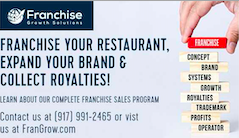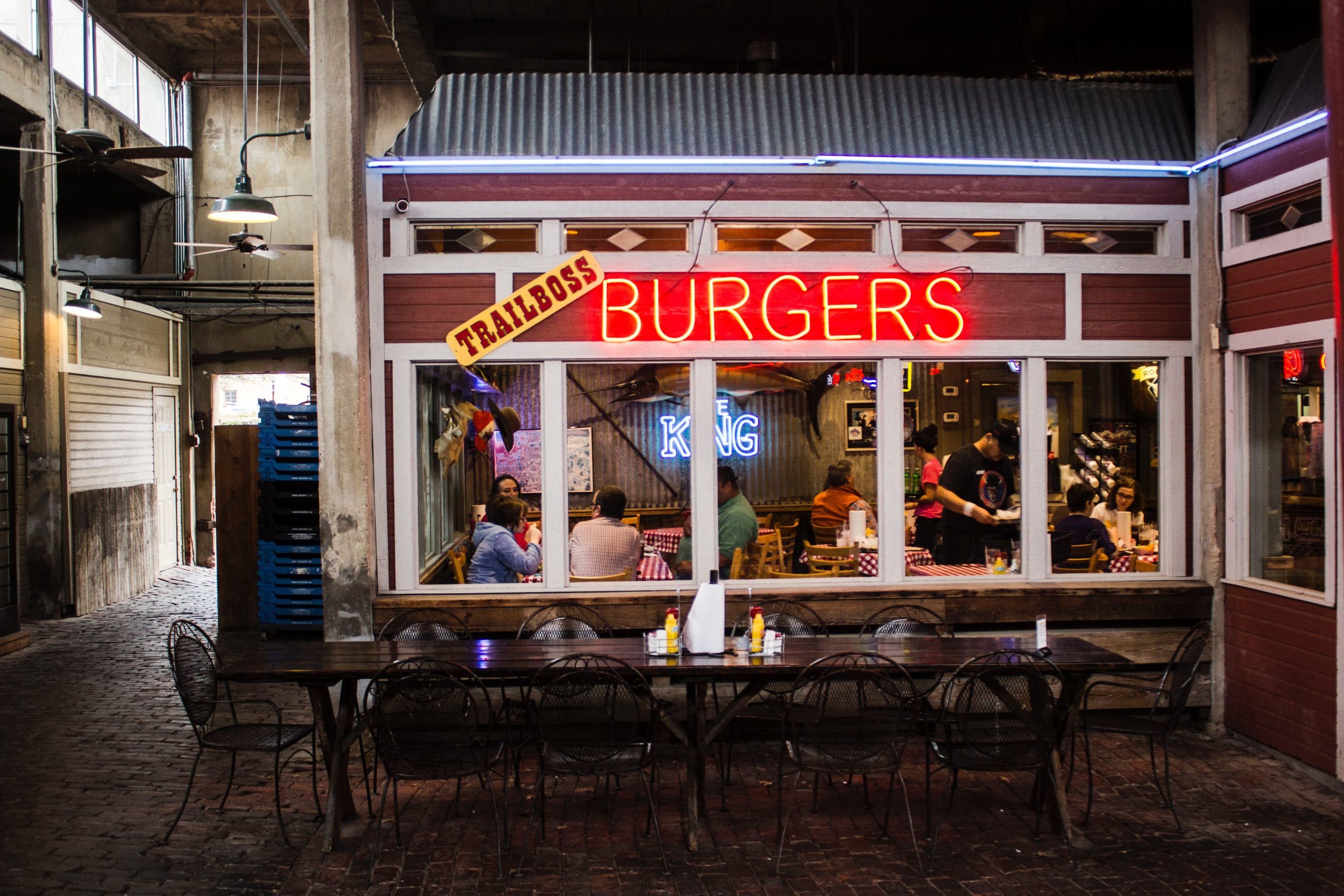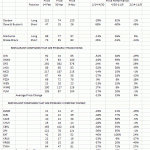…we’re experiencing stress and anxiety at record levels…resulting in lost productivity, not to mention what it’s doing to the health of our employees, our companies, and our nation.” A recent Harvard Business Review study found a whopping 43% of employees reported struggling with feelings of burnout.
3 Ways to Cut Through the ‘Noise’ and Carve a Path to Success
The Key to Productive Leadership Lies in your Signal-to-Noise Ratio
By Stephen Kohler, Founder & CEO at Audira Labs
As we face an ongoing global pandemic, a cacophonous political landscape in the U.S., and an overwhelming amount of digital overload, most of us are feeling overwhelmed and simply exhausted. Doing our best to juggle everything at once – continuing to lead at work, supporting our families at home, and somehow maintain our own physical & mental well being along the way.
I recently began thinking about this in relation to a parallel concept in the world of music and audio called the “signal-to-noise ratio”. In a musical context, signal-to-noise ratio is a measure that compares the level of a desired audio signal to the level of background noise, usually in the form of decibels.
In applying this concept to our working world, our current signal-to-noise ratio is extremely poor. Strike that: let’s be honest, it’s awful. If we were music producers making a record, we’d say things sound so bad right now that we need to start over.
“…we’re experiencing stress and anxiety at record levels…resulting in lost productivity, not to mention what it’s doing to the health of our employees, our companies, and our nation.”
– Stephen Kohler, Audira Labs
The issue? We are experiencing so much noise that we’re experiencing stress and anxiety at record levels. A recent Harvard Business Review study found a whopping 43% of employees reported struggling with feelings of burnout. This is resulting in lost productivity, not to mention what it’s doing to the health of our employees, our companies, and our nation.
Below are 3 ways to eliminate noise by adjusting your signal-to-noise ratio:
1. Turn up your input signal.
In a musical setting, when we notice noise, one of the first things we can do is to turn up the primary signal. For example, this might mean turning up the singer’s microphone, the keyboard, or (gulp) the guitar amp. From a leadership perspective, we can do this by reconnecting to our sense of purpose – be that our individual values, our team’s mission, or our organizational vision. Simon Sinek famously articulates this in his book, Start with Why.
2. Identify and ruthlessly eliminate the noise.
Building on our music metaphor, after we’ve turned up on our input signal, the next thing we can do is to identify sources of extraneous noise. This might include checking for faulty cables, incorrect wiring, or extraneous devices. From a leadership perspective, this is no different. One of our biggest sources of “noise” as leaders is that of distractions and loss of focus. Strategy guru, Michael Porter, famously stated that the first rule in strategy is to identify what you will not do. We can apply this as leaders from multiple perspectives: Based on my personal values, what will I not tolerate? Given our team’s mission, what must we say “no” to in order to stay on scope, schedule, and budget? In support of our organization’s vision, what opportunities are we willing to forgo in the short-term to ensure long-term success?
3. Keep listening & adjusting.
As leaders, one of the biggest traps we can fall into is fear of change. Musicians and producers are constantly listening and optimizing their tone and the overall mix. We can use this mindset from a leadership perspective and adjust based on what’s happening with our customers, the competition, and overall market. This may mean focusing on different customer segments, new product lines or completely separate geographic markets. The key is to keep listening and identify what’s resonating (working) and what is not.
Keep optimizing your leadership signal-to-noise ratio and don’t be afraid to turn it up to 11.
ABOUT THE AUTHOR
Stephen Kohler, Founder & CEO at Audira Labs
Stephen Kohler brings passion for people along with 25 years of extensive corporate experience within organizations ranging from startup to Fortune 100, across multiple industries.
His credentials include an MBA from University of Chicago’s Booth School of Business, a BA in Philosophy from Northwestern University, and is a certified Professional Coach (PCC. CPCC) and Balanced Scorecard Professional (BSP).
His passions include spending time with his wife, two children and two dogs. He is a life-long musician, avid BBQ enthusiast and loves traveling the world.














